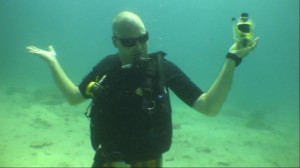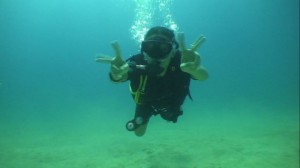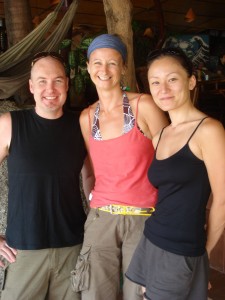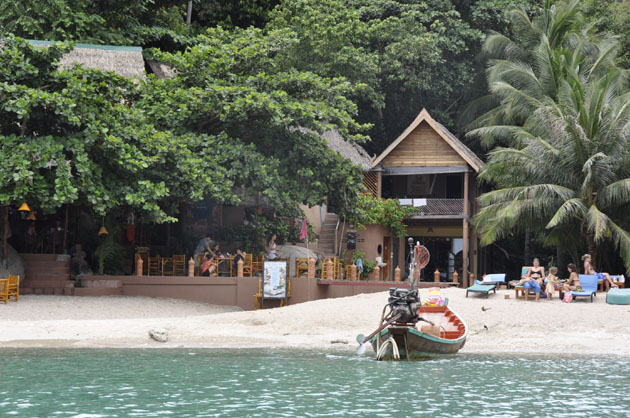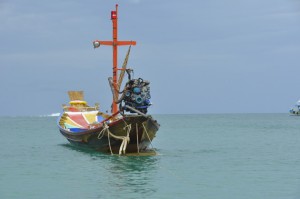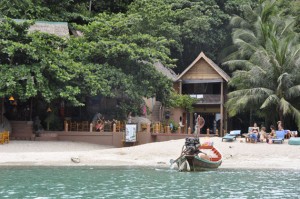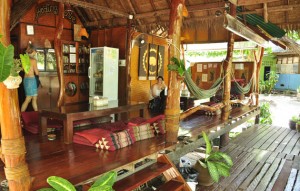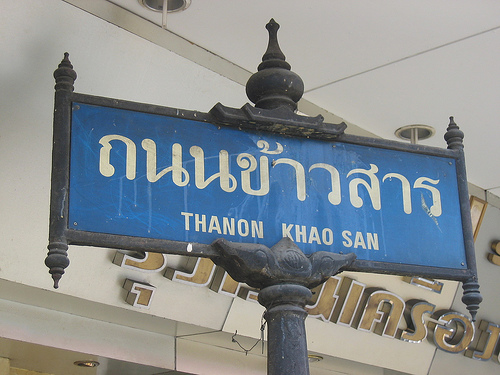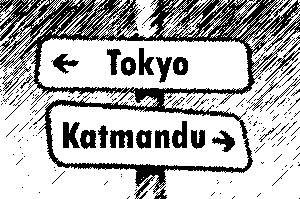After the excitement and surprise of Myanmar, Laos turned out to be a totally different adventure again. From Bangkok, we caught the overnight sleeper train to ChangMai in Northern Thailand, a pleasant slow paced 12 hour journey that reinforced many of the aspects of travel that you miss when simply jumping on an plane. I had been reading a fantastic book by Tiziano Terzani called “ A Fortune-Teller Told Me”, which narrates the tales of a year spent traveling around Asia by land and boat (after a fortune teller told him he would die if he caught a plane) and his subsequent embrace of time, mystics, distance and the experience. Sitting on that overnight train and later on a 2 day boat trip down the Meekong, these ideas resonated strongly within me. Somehow watching the cities slowly give way to villages and the farms, fields and rice paddies fading into mountains is immensely satisfying. You absorb these transitions to the rhythms of the journey without thinking, your subconscious celebrating the minor changes. Reaching a destination has such a greater sense of expectation and arrival that way.
After a few days enjoying the relaxed city, food and magnificent markets of Chang-Mai we then took a minivan to the Thai border with other like minded traveling brethren. From that moment to crossing the Laos border at Houei Xay (via boat over the Mekong River) until reaching Vientiane and heading back into Thailand, Laos felt like a strange, alternative travel, SE Asia backpacking theme ride. We seemed to follow a route so defined by Lonely Planet and others as the “backpacker adventure trail”, that we rarely felt we had an original experience, even when out “trekking” amongst the Hill Tribes or kayaking down a river. Thankfully though, it was not Contiki or P&O and we had a great time doing it and of course there were several fantastic exceptions.
From the border, we took the 2 day slow boat down the Mekong, stopping for the night in Pak Beng before arriving at Luang Prabang. We had heard conflicting tales alternating between the glowing and the horrific about this trip (mostly referencing the wooden seats, nightmare accomodations & drunken revelry), but actually found the experience to be a lot of fun. Packed onto a large boat with about 70 other like minded souls, the Mekong banks, eddies, fishermen and occasional village flow by at a steady, almost dreamlike pace. You have little else to do but read or interact with fellow passengers. (Typically an interaction that becomes more boisterous towards the end of the day, as the beer flows more freely). One tip if you do ever take the slow boat though – its definitely worth making the effort to be at very least friendly to the other travelers; we spent the rest of our time in Laos crossing paths – sharing tours, restaurants and transport with them.
Arriving in Luang Prabang, we shored up in a cheap guesthouse room, just back from the old city centre. Luang Prabang is a wonderful city, sitting at the junction of two rivers it is the ancient capital of Laos, home to its former kings and royalty. As a result, the place teems with temples, style and good food and is so unexpectedly civilized, orderly and relaxed for South East Asia, that it would be more at home in Europe, made more pronounced by the distinct french influence on the food and architecture. Several days flew by simply soaking up the markets and many shops showcasing wares of the Hill Tribes, cycling around the town and trialing the wonderful delights of the Laotian cuisine. We also did a single day trek out through a Hmong village, some jungle and a spectacular waterfall before moving on with some regret.
Reluctantly dragging ourselves away, we endured the nightmarish, 7 hour bus trip along the treacherous winding roads to the bizarre tourist oddity that is Vang Vieng. Set on a river, with a spectacular backdrop of limestone cliffs and caves, Vang Vieng is a once beautiful undiscovered village oasis, evolved into a tubing and adventure sports wonderland. Full of cheap, garish guesthouses and bars – it attracts with the triumvirate of traveller offerings – low cost, parties and adventure. Not that we were any different mind, all across Asia you will see people wearing singlets with the logo “In the Tubing, Vang Vieng”, equally you will hear tales of ‘tubing’ as being the most fun to be had in Asia. Big claims and despite our reservations and initial horror at the circus we were now joining, we found a somewhat secluded guesthouse with a view and signed up for the ride.
Tubing refers to a big day out on the Nam Son river. You rent a tractor tire tube in town and jump in a mini truck for a lift up to the river. Once there you jump into your tube and float down the river to one of the 20 or 30 bars that dot the shore especially for this purpose – each with its own range of activities, swings, drink specials, shots and “mystery” shakes. The goal is really to get back before 6pm or lose some of your deposit on the tube. Tacky perhaps, but without doubt a lot of fun, if not simply because its something you just don’t get to do anywhere else!
After couple of days of this, we decided to Kayak our way to Vientianne, a pleasant outdoorsy break from the constraints of bus travel. Vientianne though was really very simply about the food – we spent a couple of days working through the menus at some nice Laos and fusion restaurants – incredibly cheap for the quality. While most of the Lao food was great, I can especially recommend the Lao salads (Laap) – vegetables and / or meat minced together with mint and other herbs, highly addictive and refreshing and goes perfectly with Lao beer which was also very good.
All told, with more time and flexibility we would have loved to get off the track and probe Laos further, especially in the far North where the hill tribes and mountains remain largely untouched. While our trip felt quite shepherded it did not really detract from the experience, the people are friendly & relaxed; beautiful vistas and the food fantastic. Very hard to complain, but we were quite happy to move onto the real travelling.
Recommended Reading:
- “Ant Egg Soup
“, By Natacha Du Pont De Bie (A fantastic travel guide to Laotian cooking)
- Boarding the slow boat
- Slow boat folk
- Mekong river view
- Plying the Mekong
- Dead Leopard cub?
- Luang Prabang market
- Locals playing Bocce
- Wat Xieng Thong
- Sunset Crowd, Wat Phu Si
- Trekking lunch
- Kouang Si Waterfall
- Hmong basket weaving
- Hmong school kids
- Bungalow view, Vang Vieng
- In the tubing
- Sunset & Beer Lao
- Food markets, Vientianne
- Lao restaurant run by street kids
![Touring Laos After the excitement and surprise of Myanmar, Laos turned out to be a totally different adventure again. From Bangkok, we caught the overnight sleeper train […]](http://meltingplots.com/wp-content/uploads/2009/10/Hmong_Chillis.jpg)
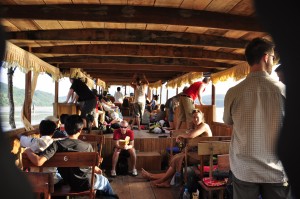
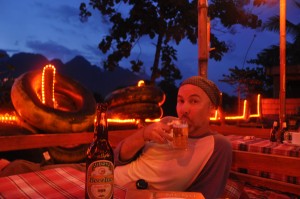
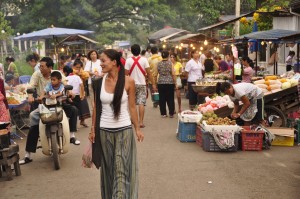
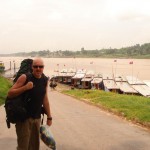
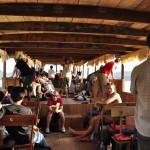
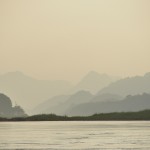
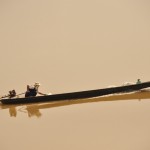

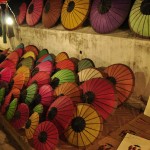
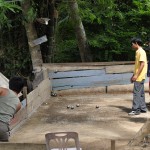
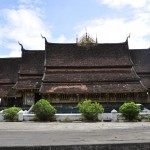


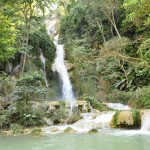
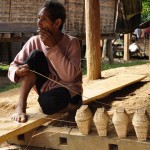
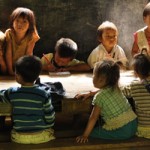
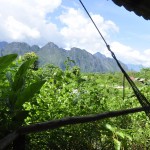

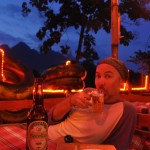

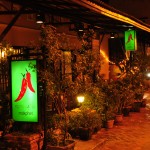
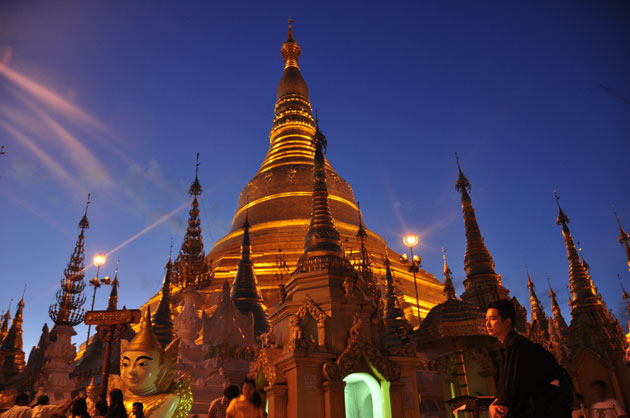
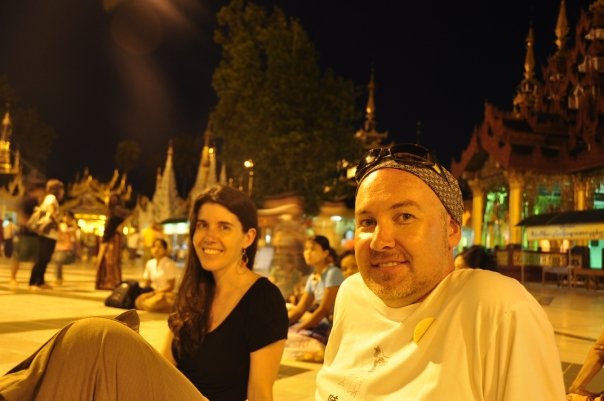
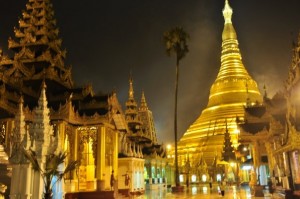
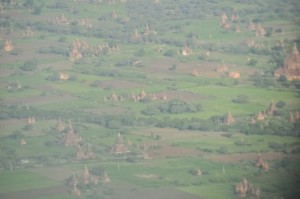
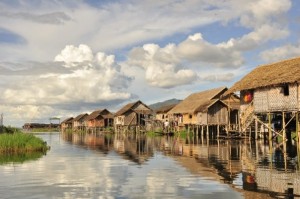
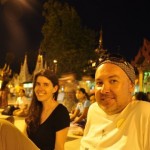
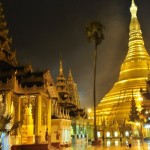


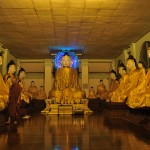
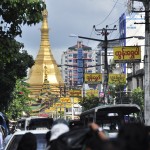
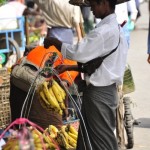


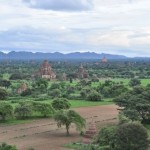
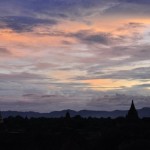
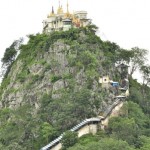
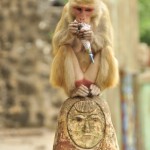
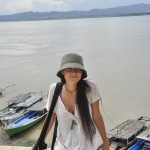
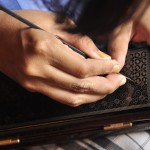

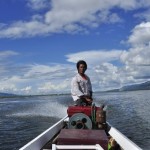
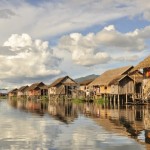
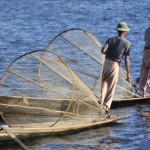
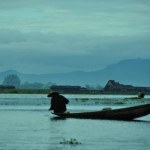
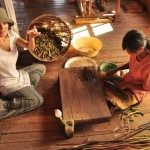
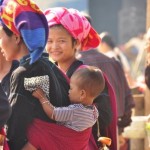
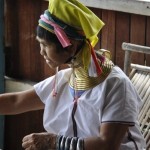

![Access Denied – Myanmar Visa Adventures Getting a VISA to Myanmar is not especially hard in principle. Like all embassies it requires an early morning start (pre-9am we were reliably told), […]](http://meltingplots.com/wp-content/uploads/2009/09/AccessDenied1.jpg)
![Learning to Dive A few days post fasting and we were finally ready to break free of the hippies, so caught a ferry from Koh Phangan across to […]](http://meltingplots.com/wp-content/uploads/2009/10/DiveClose.jpg)

